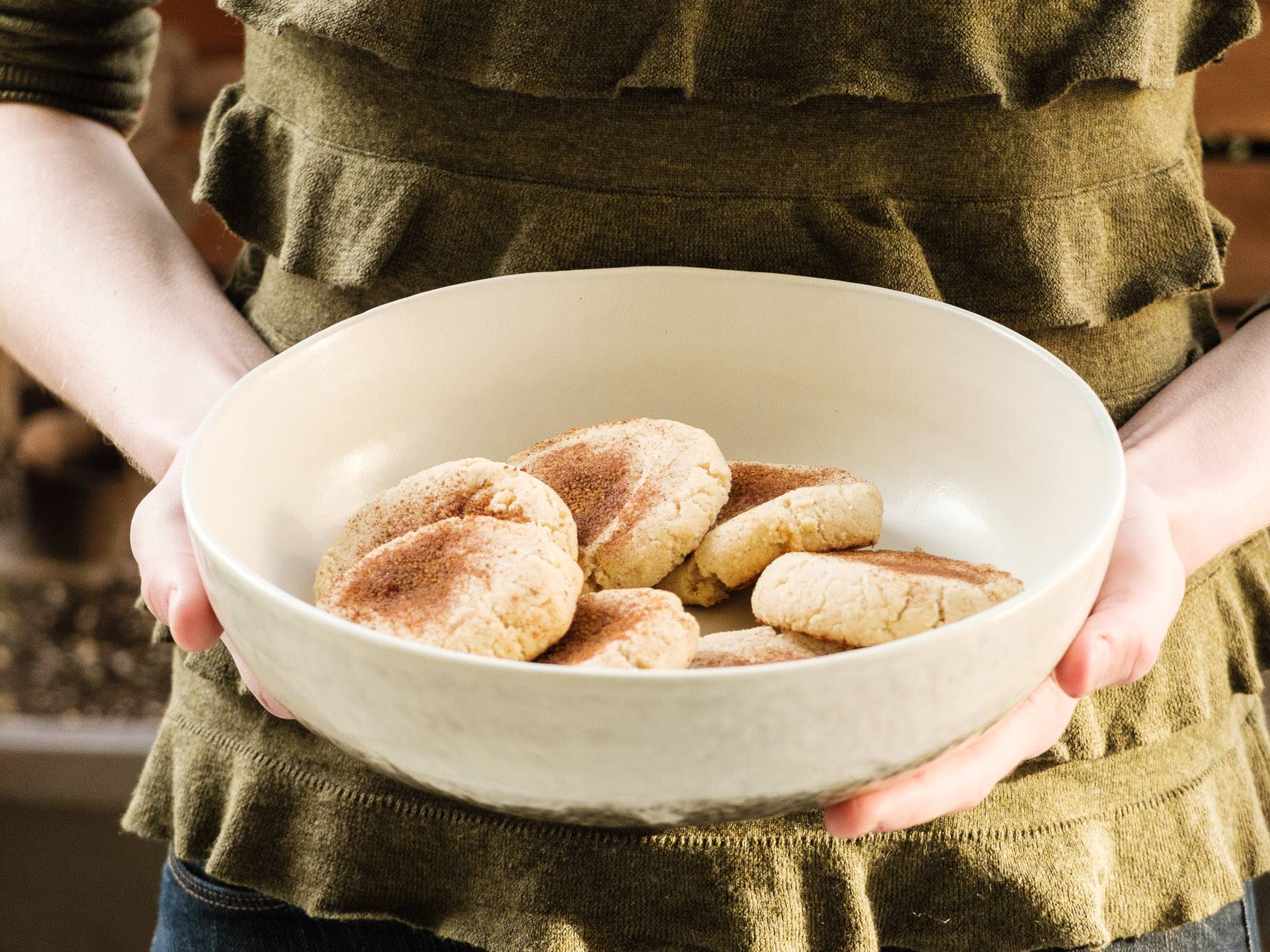This flavorful Creamy Thai Green Curry is made with rich coconut milk, seasonal vegetables, and finished with fresh parsley and red pepper flakes. Simple yet satisfying, this dish is perfect for just about any occasion and caters to most dietary restrictions.
Ingredients
- 1 cup brown rice, rinsed
- 2 teaspoons coconut oil
- 1 small white onion, diced
- 1 tablespoon finely chopped fresh ginger (about a 1-inch nub of ginger, peeled and chopped)
- 2 cloves garlic, finely chopped
- Pinch of salt
- 2 small white onions, diced
- 2 small zucchinis, sliced
- 2 tablespoons Thai green curry paste
- 1 can (14 ounces) coconut milk (I used full-fat coconut milk for a richer curry)
- 1/4 cup water
- 1 ½ teaspoons coconut sugar
- 2 cups packed baby spinach, roughly chopped
- 1 ½ teaspoons rice vinegar or fresh lime juice
- 1 ½ teaspoons tamari (or soy sauce)
- Garnishes: handful of chopped fresh parsley and red pepper flakes, to taste
Instructions:
- To cook the rice, bring a large pot of water to boil. Add the rinsed rice and continue boiling for 30 minutes, reducing heat as necessary to prevent overflow. Remove from heat, drain, and return the rice to pot. Cover and let the rice rest for 10 minutes or longer, until you’re ready to serve.
- Warm a large skillet with deep sides over medium heat. Once it’s hot, add a couple teaspoons of coconut oil. Cook the onion, ginger and garlic with a sprinkle of salt for about 5 minutes, stirring often. Add the zucchini and cook for 3 more minutes, stirring occasionally. Then add the curry paste and cook, stirring often, for 2 minutes.
- Pour the coconut milk into the pan, along with 1/4 cup water and 1 ½ teaspoons sugar. Bring the mixture to a simmer. Reduce heat as necessary to maintain a gentle simmer and cook until the zucchini is tender and cooked through, about 5 to 10 minutes.
- Once the vegetables are done cooking, stir the spinach into the mixture and cook until the spinach has wilted, about 30 seconds. Remove the curry from heat and season with rice vinegar and soy sauce. Add salt and red pepper flakes (optional), to taste. Divide rice and curry into bowls and garnish with chopped parsley and a sprinkle of red pepper flakes. Enjoy!
Notes from the kitchen:
- To make this recipe gluten free, use tamari instead of soy sauce.
- Feel free to use any combination of vegetables. I used zucchini and spinach as that’s what was in my fridge.
- If you’re interested in investing in a rice cooker, I recommend this one by Zoojirushi.









